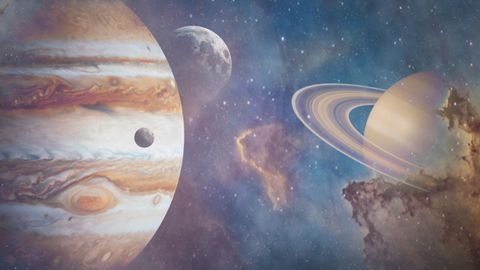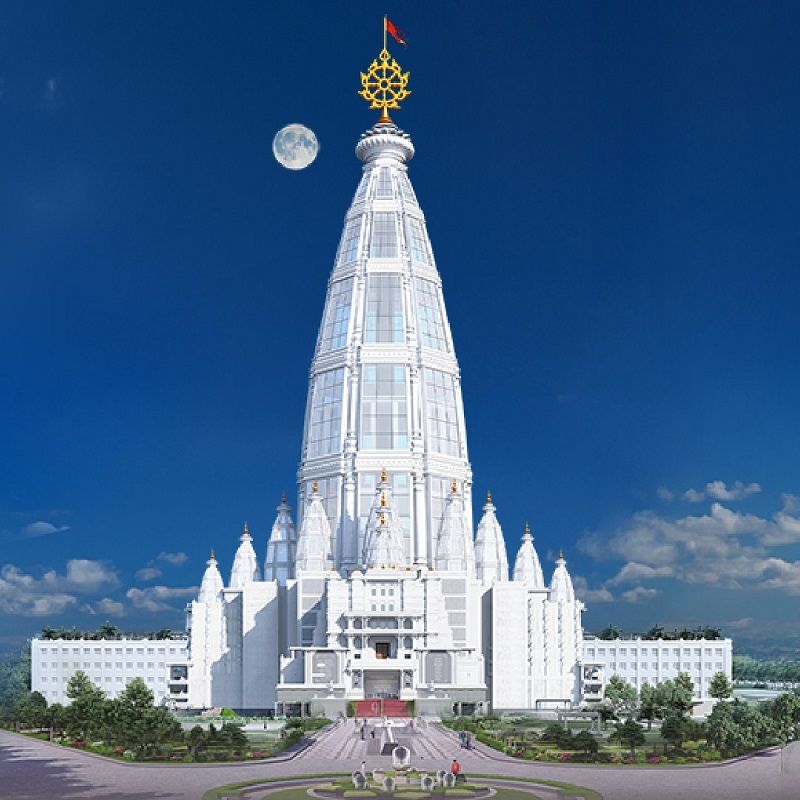
The longest night of 2020 is set to be extra special this year, thanks to a rare event in our galaxy. Scroll down to find out what we’re talking about. By Bayar Jain
View this post on Instagram
2020: a year now earmarked in history as the year of the dreadful pandemic. But this year brings with it another historic event, tipping over to the positive spectrum of the scale. Come December 21—the longest night of 2020—and a rare occurrence will take place in our galaxy. For the first time in 800 years, Jupiter and Saturn will reunite.
According to National Aeronautics and Space Administration (NASA), by the winter solstice, two of the largest planets in our solar system will inch so close to one another that they will appear as if they have reunited. Known as ‘the greatest great conjunction’, this special reunion will next take place 60 years later in 2080, states the space agency.
View this post on Instagram
When seen from Earth, the two giants will appear a dime’s length apart. In outer space, however, these distances will be far greater. As per Business Insider, the two planets will be over 400 million miles apart. Despite this distance, for us Earthlings, the spectacle will be dazzling, to say the least. This is because, upon uniting, Jupiter and Saturn will together emit light so bright that it is dubbed as the ‘Christmas Star’ or the ‘Star of Bethlehem’. Which means, you just need to whip out your binoculars or telescopes to catch the display, instead of relying on heavy-duty astronomical gear.
Notably, the universe has another magical show lined up this month. NASA further notes that the annual meteor shower—The Geminids—will take place till December 17. While this trail of debris is an annual occurrence, this time it comes paired with the nearly new moon, making it easier to spot the relatively fainter showers as well.
Related: NASA Is Building A Spacecraft To Study An Asteroid That Could Make Everyone On Earth A Billionaire










